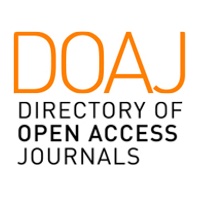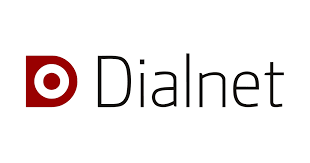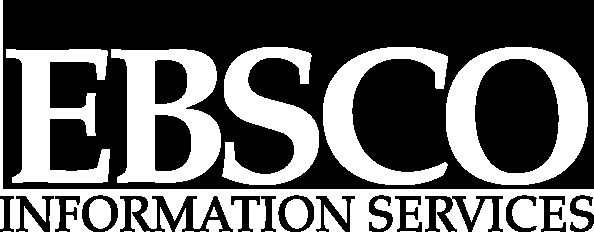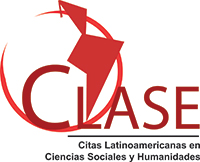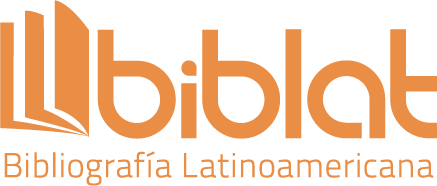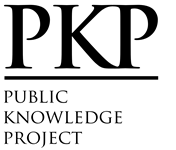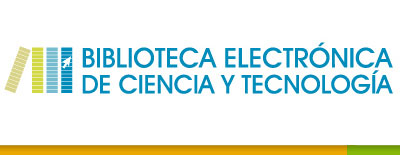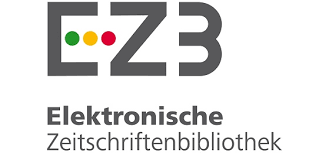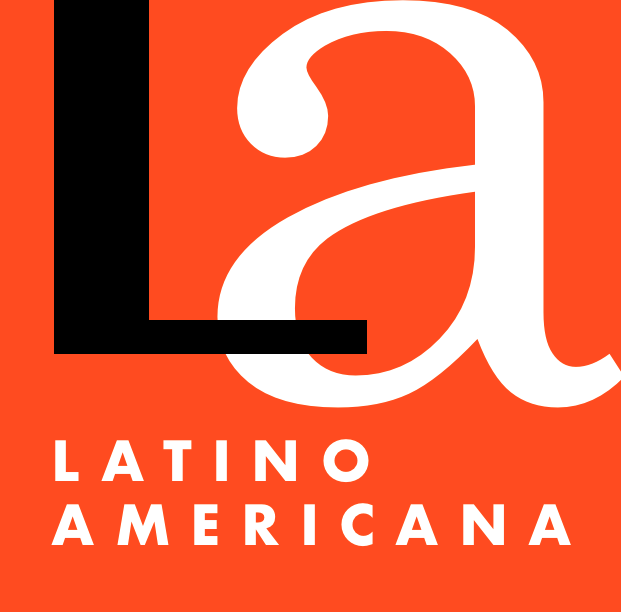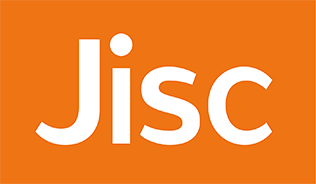Analysis of factors that affect the vaccination decision in a health emergency based on the Uruguayan experience
Abstract
T
The results of a qualitative study are presented, aimed at understanding the reasons why individuals in Uruguay chose to either get vaccinated against covid-19 or not. Data collection was conducted using two techniques: in-depth interviews and focus groups. Three population groups were selected: healthcare workers, parents of children aged 5 to 11, and young adults aged 18 to 29. The findings reveal that cultural and social factors (such as the country's vaccination culture, solidarity, respect for the elderly, trust in health authorities, among others) influenced the decision, as well as aspects determined by the historical context of the vaccination (for example, trust in the government's response to the pandemic).
This study includes a literature review that identifies the field of study, explains the research methodology, provides references regarding the Uruguayan case, and finally summarizes the conclusions of the fieldwork. The results highlight two key aspects: the decision to vaccinate was driven by the perception of risk, and trust in the management of the pandemic was a determining factor. Additionally, there are direct references pointing to decisions based on moral systems, though not necessarily rooted in religious beliefs. The study emphasizes the positive influence of the scientific community (represented by the Honorary Scientific Advisory Group, GACH), while no references were made to religious leaders.
Downloads
References
Ajzen, I. (1985) From Intentions to action: a theory of planned behavior. En J. Kuhl & J. Beckmann (eds.), Action-control: from cognition to behavior (pp. 11-39). Springer-Verlag. http://dx.doi.org/10.1007/978-3-642-69746-3_2
Bandura, A. (1997). Self-efficacy: the exercise of control. W. H. Freeman.
Batthyány, K. & Cabrera, M. (coords.). (2011). Metodología de la investigación en Ciencias Sociales: apuntes para un curso inicial. Departamento de Publicaciones, Unidad de Comunicación de la Universidad de la República. https://www.cse.udelar.edu.uy/wp-content/uploads/2019/05/FCS_Batthianny_2011-07-27-lowres.pdf
BBC News Mundo. (2020, 29 de mayo). Coronavirus en Uruguay: la singular y exitosa estrategia del país para contener la pandemia sin cuarentena obligatoria. https://www.bbc.com/mundo/noticias-america-latina-52837193
Becker, M., Haefner, D., & Maiman, L. (1977). The health belief model in the prediction of dietary compliance: a field experiment. Journal of Health and Social Behaviour, 18(4), 348-366. https://doi.org/10.2307/2955344
Berganza Conde, M. R. & García Galera, M. del C. (2005). La entrevista en profundidad a los emisores y los receptores de los medios. En M. R. Berganza Conde & J. A. Ruiz San Román (coords.), Investigar en comunicación: guía práctica de métodos y técnicas de investigación social en comunicación (pp.251-263). McGraw-Hill.
Besada Paullier, I. (2022). Introducción al mercadeo social. En N. Aya Pastrana, I. Besada Paullier, L. Garré Castro, G. González Bula, & C. de León, Mercadeo social para la salud pública: cambios de comportamiento para el bien social (pp. 12-27). Comisión Honoraria para la Salud Cardiovascular. https://cardiosalud.org/wp-content/uploads/2022/10/Mercadeo-social-para-la-salud-publica.pdf
CDC. (199, 2 de abril). Ten Great Public Health Achievements -- United States, 1900-1999. https://www.cdc.gov/mmwr/preview/mmwrhtml/00056796.htm
Cifra. (2021, 10 de agosto). Evaluación de la gestión de ministros. https://www.cifra.com.uy/evaluacion-de-la-gestion-de-ministros/
Coffman, J. (2002). Public Communication Campaign Evaluation: an Environmental Scan of Criticisms, Practice, and Opportunities. Obtenido de Communications Consortium Media Center. https://www.dors.it/documentazione/testo/200905/Public%20Communication%20Campaign%20Evaluation.pdf
Dubé, E., Laberge, C., Guay, M., Bramadat, P., Roy, R., & Bettinger, J. A. (2013). Vaccine hesitancy. Human Vaccines & Immunotherapeutics, 9(8), 1763-1773. https://doi.org/10.4161/hv.24657
El País. (8 de julio de 2022a). “Uruguay dio el maracanazo sanitario”: Salle tras fallo contra vacunas. rhttps://www.elpais.com.uy/informacion/politica/uruguay-dio-maracanazo-sanitario-salle-suspension-vacunas-anticovid-ninos.html
El País. (26 de julio de 2022b). "Alivio" y era una "aberración": reacciones al fallo que revocó suspensión de vacunación. https://www.elpais.com.uy/informacion/politica/alivio-aberracion-reacciones-fallo-revoco-suspension-vacunacion.html
Facultad de Ciencias Sociales, Universidad de la República. (2022). Encuesta de Generaciones y Género. Uruguay 2022. https://cienciassociales.edu.uy/encuesta-de-generaciones-y-genero-en-uruguay/
Fine, P., Eames, K., & Heymann, D. (2011). Herd immunity: a rough guide. Clinic Infection Disease, 52(7), 911-916. https://doi.org/10.1093/cid/cir007
Janz, N. K., & Becker, M. H. (1984). The health belief model: a decade later. Health Education Quarterly, 11(1), 1-47. https://doi.org/10.1177/109019818401100101
Kotler, P., & Armstrong, G. (2013). Fundamentos del Marketing. Pearson.
Leask, J., Kinnersley, P., Jackson, C., Cheater, F., Bedford, H., & Rowles, G. (2012). Communicating with parents about vaccination: a framework for health professionals. BMC Pediatrics, (12), Artículo 154. https://doi.org/10.1186/1471-2431-12-154
Lussich, C. (2021, 28 de noviembre). El perfil de los antivacunas uruguayos: ¿quiénes son, qué edades tienen y cuál es su mensaje? El País. https://www.elpais.com.uy/informacion/sociedad/perfil-antivacunas-uruguayos-quienes-son-edades-mensaje.html
Marradi, A., Archenti, N., & Piovanni, J. (2007). Metodologías de las Ciencias Sociales. Planeta.
Ministerio de Salud Pública. (2021a). 24 de octubre: Día Mundial de la Poliomielitis. https://www.gub.uy/ministerio-salud-publica/comunicacion/noticias/24-octubre-dia-mundial-poliomielitis#:~:text=Uruguay%2C%20que%20comenz%C3%B3%20con%20la,el%20%C3%BAltimo%20caso%20en%201978
Ministerio de Salud Pública. (2021b). Monitor de datos de vacunación covid-19. https://www.gub.uy/ministerio-salud-publica/coronavirus
Moreno, A. R., & Peres, F. (2020). Comunicación de riesgos ante el Coronavirus. Boletín sobre Covid-19, 1(4), 7-9.
Moya, M. (2000). Persuasión y cambio de actitudes. En J. F. Morales Domínguez & C. Huici Casal, Psicología Social (pp. 153-170). Universidad Nacional de Educación a Distancia.
Petty, R., & Cacioppo, J. (1986). The eaboration likelihood model of persuasion. En Communication and persuasion: central and peripheral routes to attitude change (pp. 1-24). Springer. https://doi.org/10.1007/978-1-4612-4964-1
Piotrow, P., Rimon II, J. G., Merritt, A. P., & Saffitz, G. (2003). Advancing heath communication: the PCS experience in the field. Johns Hopkins Bloomberg School of Public Health. https://ccp.jhu.edu/documents/Advancing%20Health%20Communication-The%20PCS%20Experience%20in%20the%20Field.pdf
Ríos Hernández, I. (2011). Comunicación en salud: conceptos y modelos teóricos. Perspectivas en Comunicación, 4(1), 123-140. https://www.perspectivasdelacomunicacion.cl/index.php/perspectivas/article/view/111/94
Rogers, E. (1995). Diffusion of Innovations (4th ed.). Free Press.
Rosenstock, I. M., Strecher, V.J., & Becker, M. H. (1988). Social learning theory and the health belief model. Social learning theory and the health belief model, 15(2), 175-183. https://doi.org/10.1177/109019818801500203
Rzymski, P., Borkowski, L., Drąg, M., Flisiak, R., Jemielity, J., Krajewski, J., Mastalerz-Migas, A., Matyja, A., Pyrć, K., Simon, K, Sutkowski, M., Wysocki, J., Zajkowska, J., & Fal, A. (2021). The strategies to support the Covid-19 vaccination with evidence-based communication and tackling misinformation. Vaccines, 9(2), Artículo 109. https://doi.org/10.3390/vaccines9020109
Schiavo, R. (2013). Health communication: from theory to practice (2nd. ed.). John Wiley & Sons.
Schroeder, P. (2017). Ideas para desarrollar el pensamiento estratégico en comunicación. Obtenido de Reporter: http://reporter.um.edu.uy/ideas-para-desarrollar-el-pensamiento-estrategico-en-comunicacion/
Schroeder, P. (2022). Covid-19 Vaccination Campaign: The Uruguayan Case- Contributions of Digital Communication. En J. Andrade, & T. Ruão (Edits.), Navigating Digital Communication and Challenges for Organizations (págs. 93-112). IGI Ed. doi:10.4018/978-1-7998-9790-3.ch006.
Schroeder, P. (2023). Strategic Communication and the Vaccination Plan for Covid-19 in Health Crisis and Country Counteractions, Lille University.
Schroeder, P., & Amadeo, B. (2020). Comunicar la pandemia desde el gobierno uruguayo. En M. Riorda, & L. Elizalde (eds.), Comunicación de Gobierno 360, más 360 que nunca (pp. 223-260). La Crujía.
Schwartz, H., & Jacobs, J. (1984). Sociología cualitativa. Método para la reconstrucción de la realidad. Editorial Trillas.
Strecher, V., & Rosenstock, I. (1997). The Health Belief Mode. Jossey-Bass.
Supervielle, D. (2022). La libertad responsable. La pandemia, el gobierno de Luis Lacalle Pou. Fundación Konrad Adenuaer.
Tabárez, N. (31 de marzo de 2021). "La gente quiere vivir": la frase de Alberto Sonsol es usada por Cutcsa para una campaña. El Observador.
Tench, R., & Bridge, G. (2021). Developing effective health communication campaigns. En S. Balonas, T. Ruão T. & M., & C. Carrillo (eds.), Strategic communication in context: theoretical debates and applied research (pp. 69-86). UMinho Editora. https://doi.org/10.21814/uminho.ed.46.4
Uruguay. (1967). Constitución de la República. https://www.impo.com.uy/bases/constitucion/1967-1967
Uruguay. (2007, 13 de diciembre). Ley N° 18.211: Creación del Sistema Nacional Integrado de Salud. https://www.impo.com.uy/bases/leyes/18211-2007
Copyright (c) 2025 Patricia Schroeder Rius, Inés Besada Paullier, María Gimena Suárez, Ana Lucía Mancuello

This work is licensed under a Creative Commons Attribution-NonCommercial-ShareAlike 4.0 International License.
The authors retain the copyright and guarantee the journal the right to be the first publication of the work. In case that a translation of the article already published in Austral Comunicación can be published in another journal, it is requested to record the original publication in the translated version.
The license used is CC BY-NC-SA, which allows sharing (copying and redistributing the material in any medium and format) and adapting (remixing, transforming and building on the material) under the following terms: attribution (acknowledge authorship) and non-commercial (the material cannot be used for commercial purposes). Update: February 1, 2022.
Austral Comunicación allows the author (s) to retain the publication rights without restrictions.










